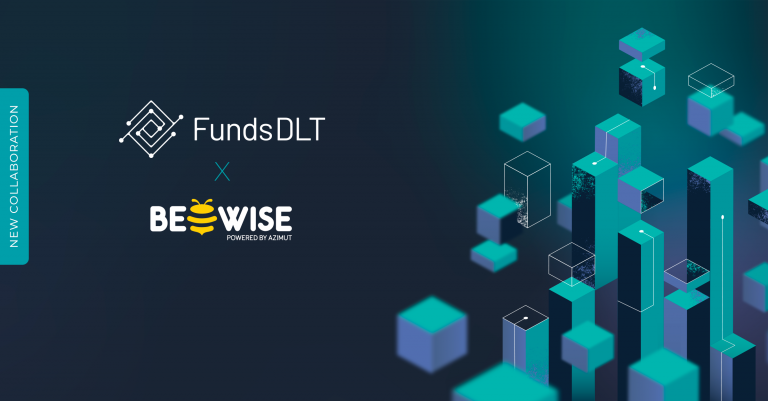Blockchain technology and tokenisation are not just buzzwords—they're poised to transform the financial sector fundamentally. In a recent episode of the "Conversations Powered by KPMG Luxembourg," podcast, Olivier Portenseigne, CEO of FundsDLT, and Said Fihri, Partner and Head of Digital Assets Services at KPMG, delved into how these innovations are reshaping fund distribution.
Understanding blockchain and tokenisation
Blockchain, a shared and immutable ledger, offers a secure and transparent method for recording transactions across a network. Tokenisation converts assets into digital tokens that can be traded on a blockchain, opening up new avenues for efficiency and security in the financial sector. These digital assets can be broadly categorised into cryptocurrencies, stablecoins, NFTs, Central Bank Digital Currencies (CBDCs), and security tokens.
Among these, security tokens—representing tokenised financial instruments such as bonds, equities, and investment funds—are particularly beneficial. They bring an entirely new set of advantages compared to what is possible today.
The power of blockchain in fund distribution
Blockchain brings unparalleled security and transparency to transactions. By eliminating the need for multiple ledgers and reconciliations among different actors and by streamlining processes, blockchain significantly reduces operational costs.
Traditional fund distribution involves a host of intermediaries—asset managers, transfer agents, central securities depositories, and distribution platforms—all adding layers of complexity and cost. Blockchain has the potential to simplify this by providing a single, transparent ledger accessible to all parties involved, thereby eliminating redundancy and enhancing efficiency.
One transformative use case is a direct-to-consumer (D2C) model where asset managers can create a new distribution channel, while achieving substantial cost savings. Blockchain makes this possible, potentially reducing expense ratios by up to 1%. While a D2C model may appeal to some asset managers, substantial cost savings and operational efficiencies are also attainable in traditional B2C or B2B2C scenarios with various intermediaries. The same business operations can be conducted under a shared or partially shared model.
In short, for all actors in the distribution chain, blockchain translates to leaner operations and more competitive offerings.
Enhanced transparency and customer experience
One of the standout benefits of blockchain is the transparency it offers across the entire distribution process. All participants have access, in a permissioned way, to the same real-time data, reducing errors and disputes related to transaction records. This transparency builds trust among investors, who can see an immutable record of their investments and transactions.
Blockchain also allows asset managers to track and analyse investor behaviour in real-time, enabling the creation of customised investment products. Additionally, digital KYC processes become streamlined, allowing for quick and secure investor verification, which reduces onboarding times and enhances the overall customer experience.
New opportunities and markets
Blockchain's potential extends beyond efficiency and transparency. It lowers barriers to entry, democratizing investment opportunities. Tokenised funds can be traded on various platforms, opening new distribution channels, including crypto exchanges and digital banks. This expanded market reach is a game-changer for both asset managers and investors.
An interesting example of this is the tokenisation of money market funds. This has been shown to be attractive for both investors and asset managers. Recently tokenised money market funds have seen strong growth in asset under management. Aside from the obvious benefits of tokenisation for investors, including fractionalisation, it enables collateral mobility, allowing for more precise allocation of collateral on-chain. This capability enables more efficient use of capital and liquidity.
Final words
Despite challenges in adopting blockchain, such as understanding business needs and regulatory requirements, the long-term benefits like improved operational efficiency, cost savings and investor transparency make it worthwhile. FundsDLT has successfully implemented blockchain in various projects, showcasing significant efficiency gains and cost reductions.
This text is a modified summary of an episode of the podcast "Conversations Powered by KPMG Luxembourg.” To dive deeper into these insights and explore the full potential of blockchain in fund distribution, listen to the full podcast episode here or below.



